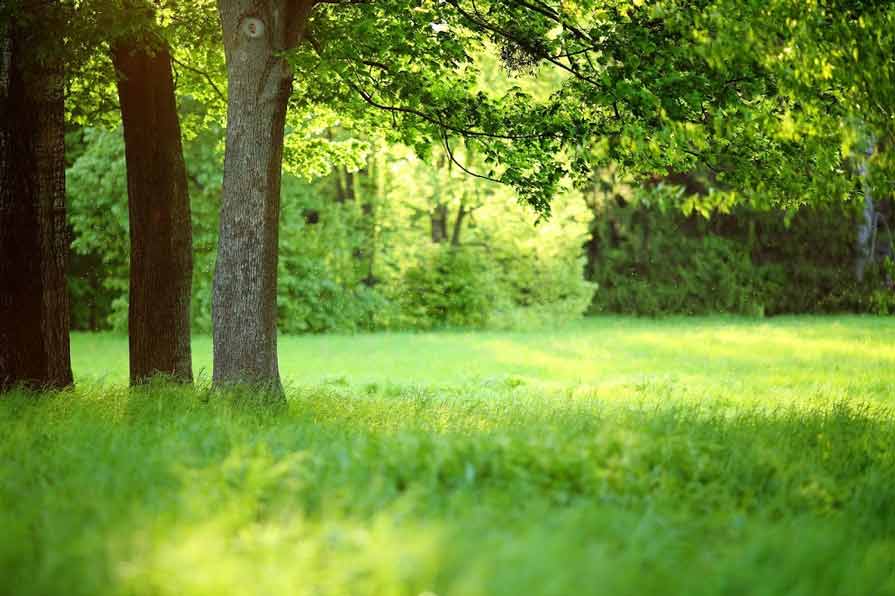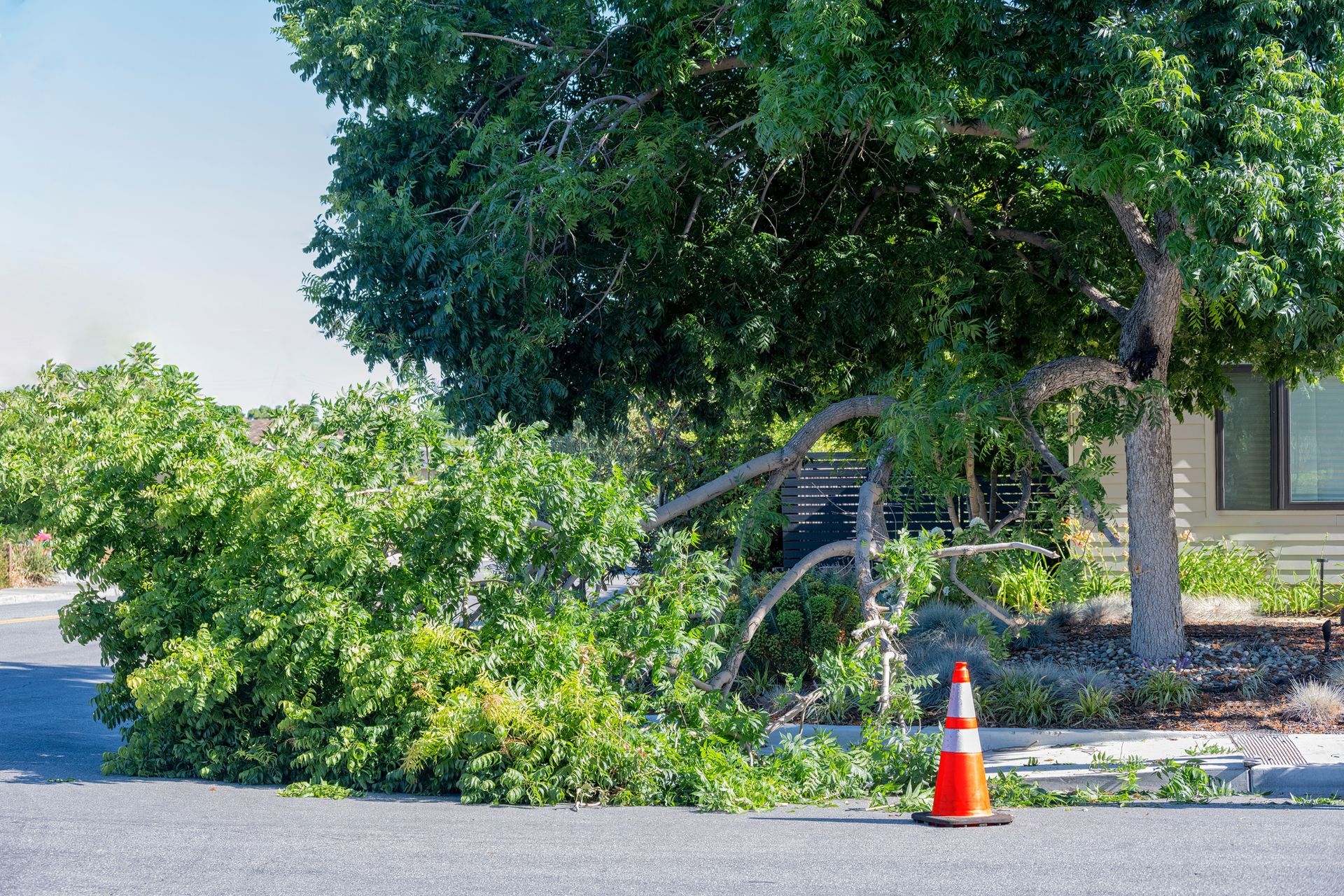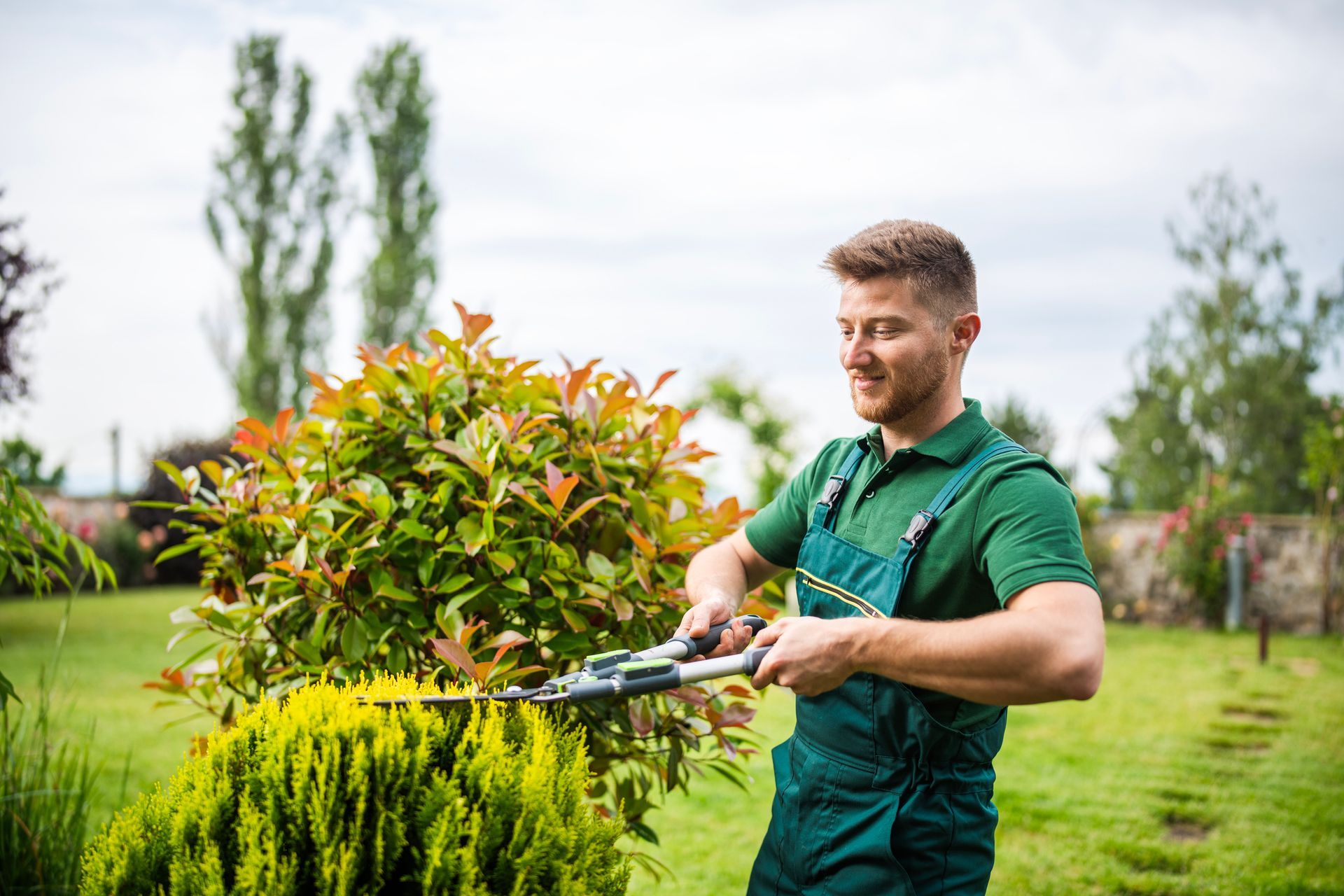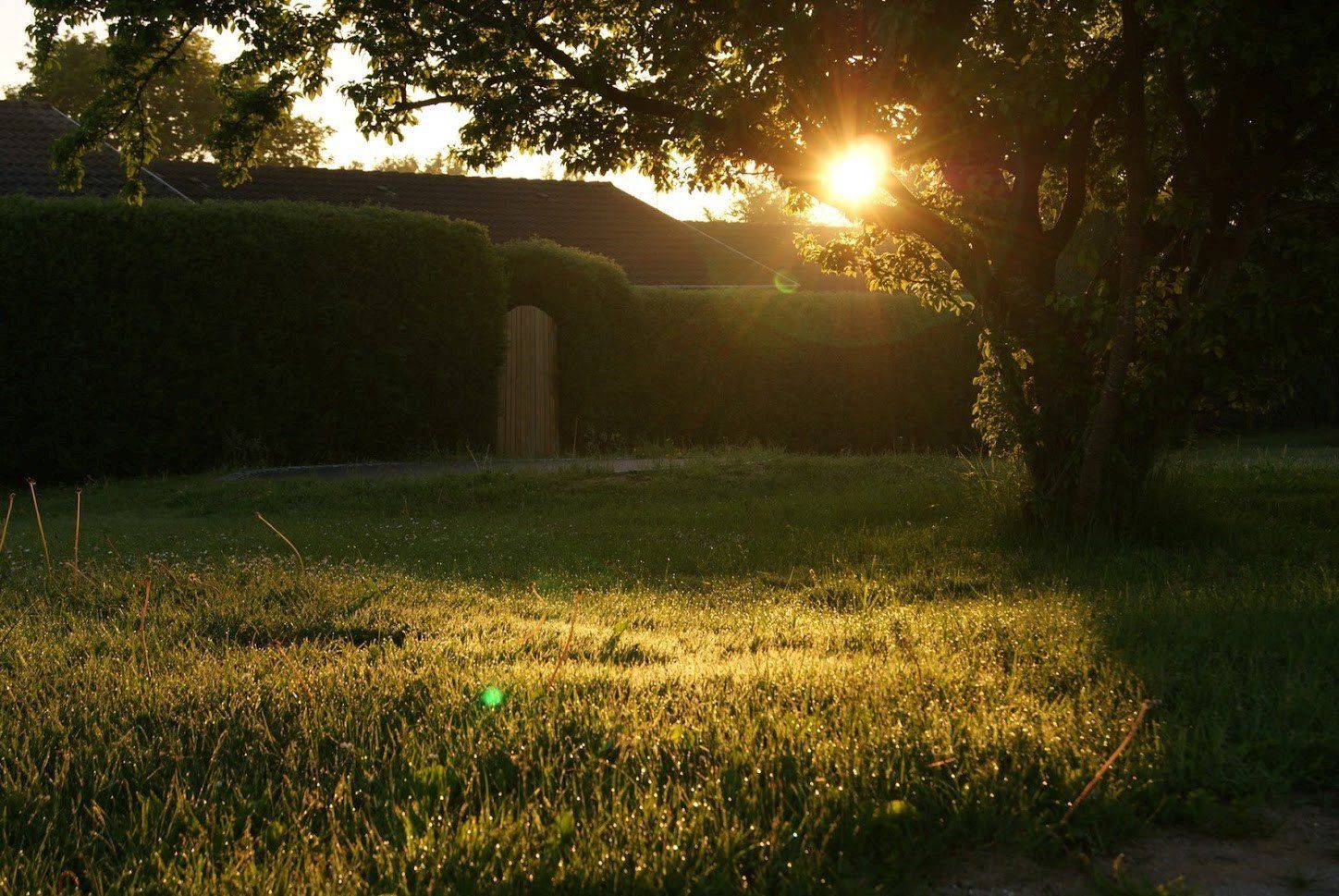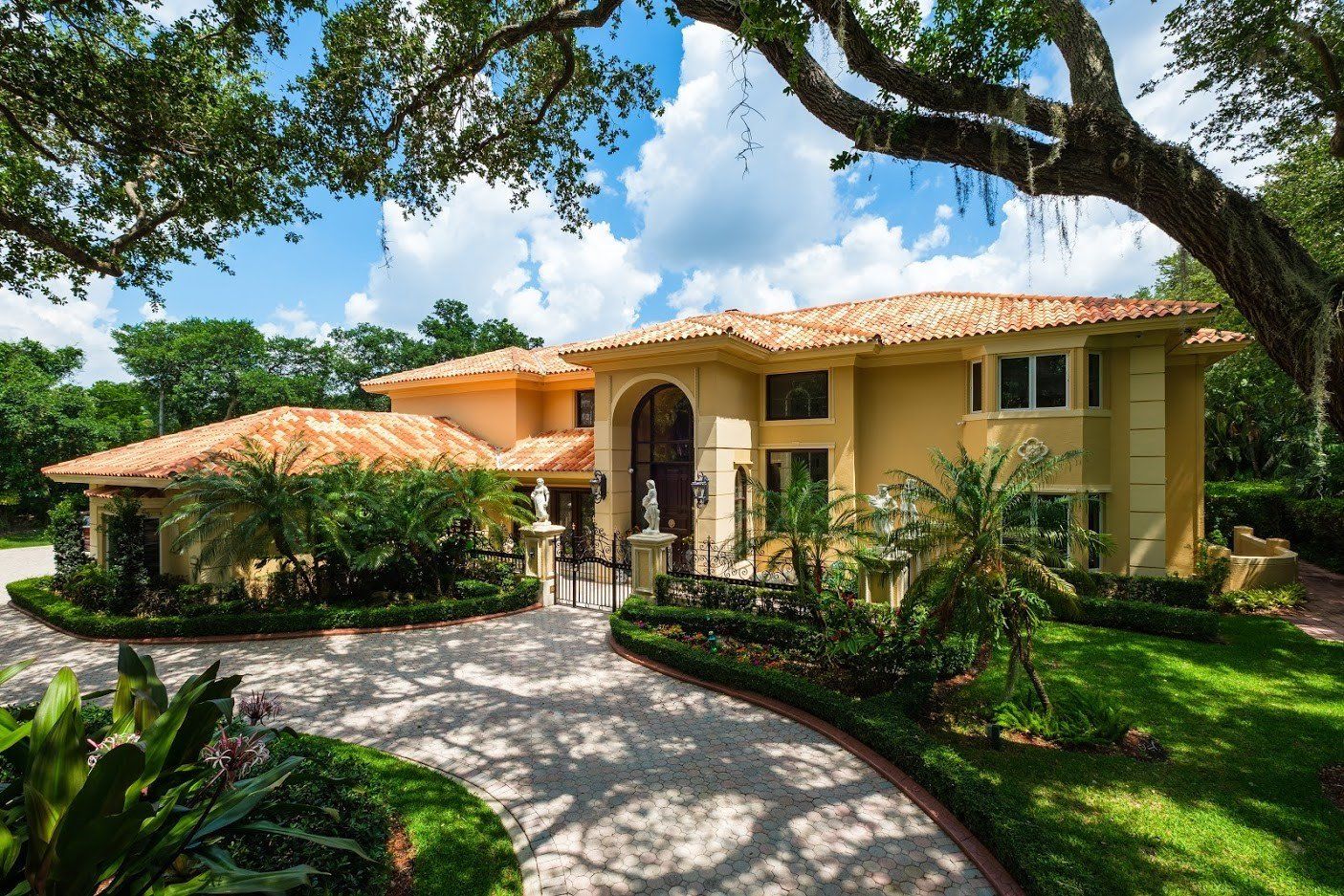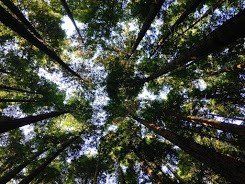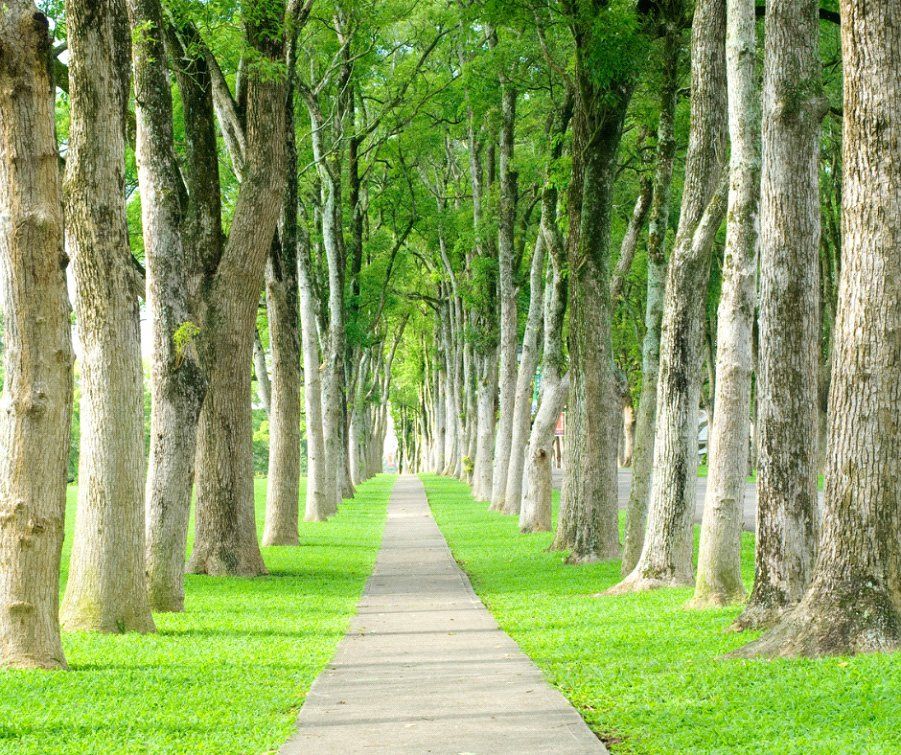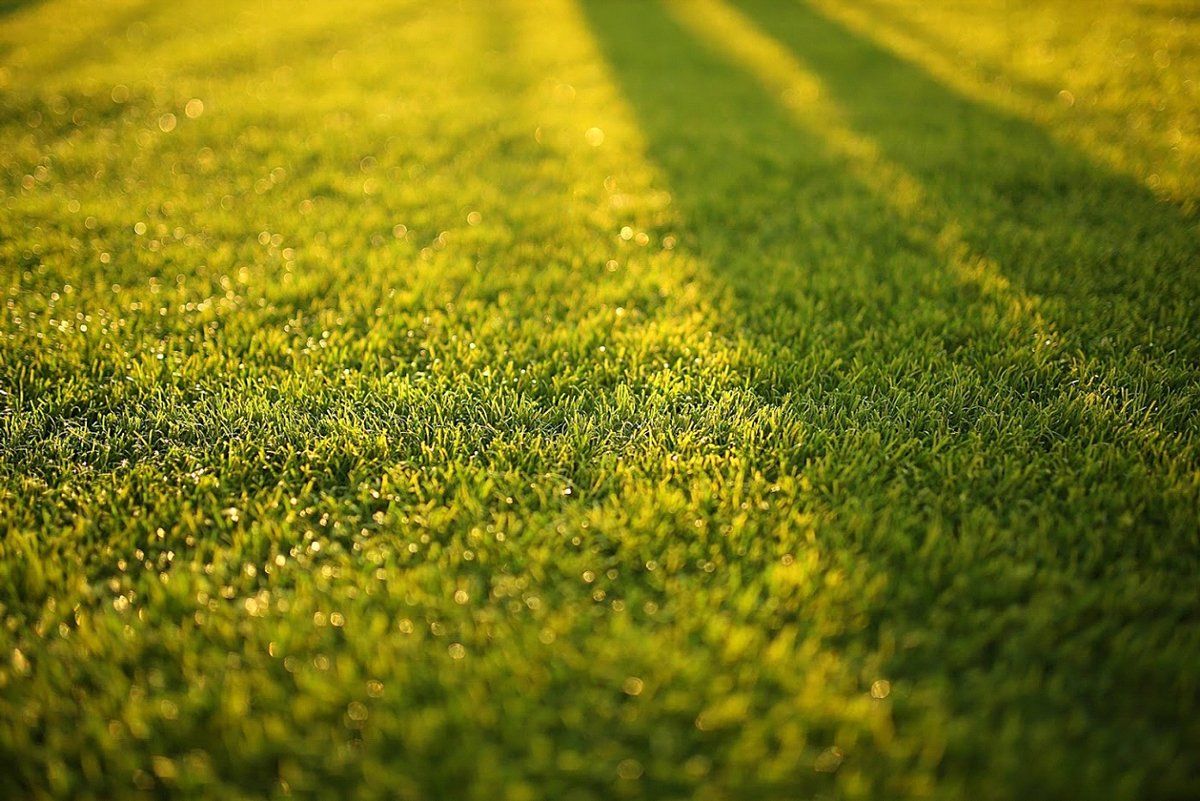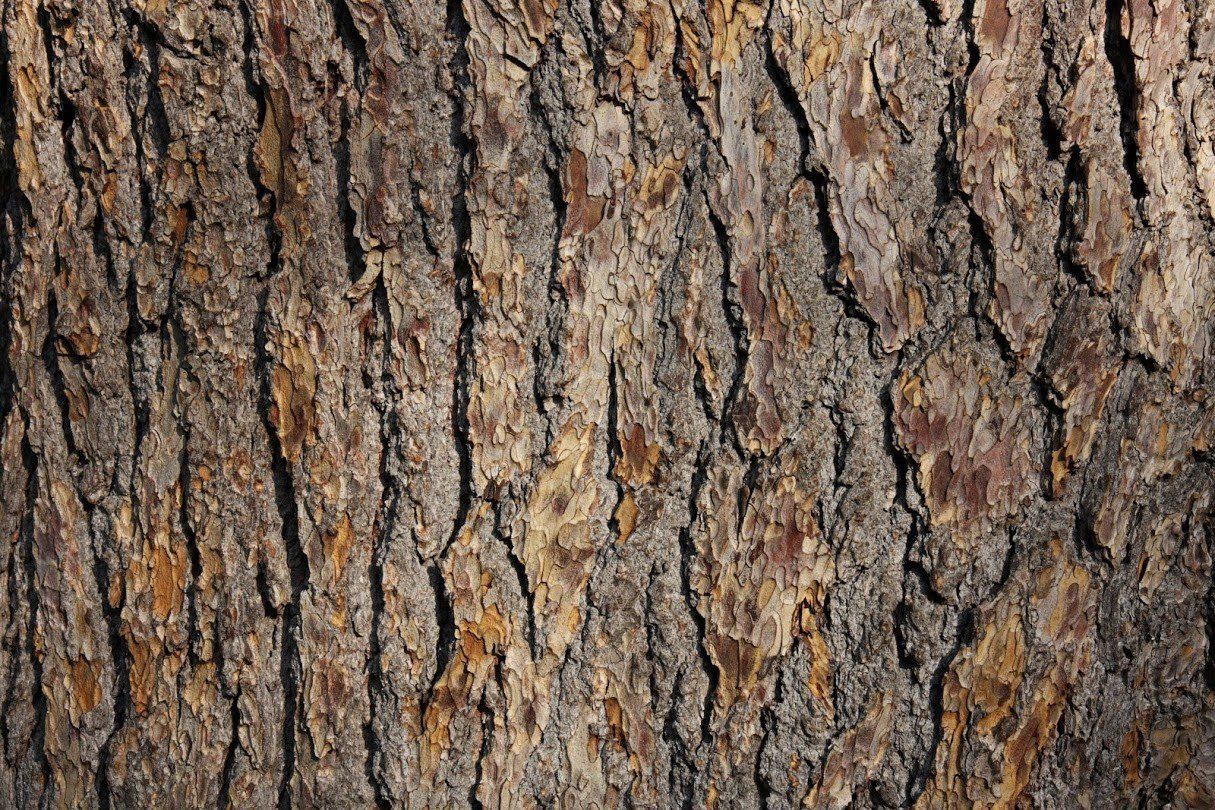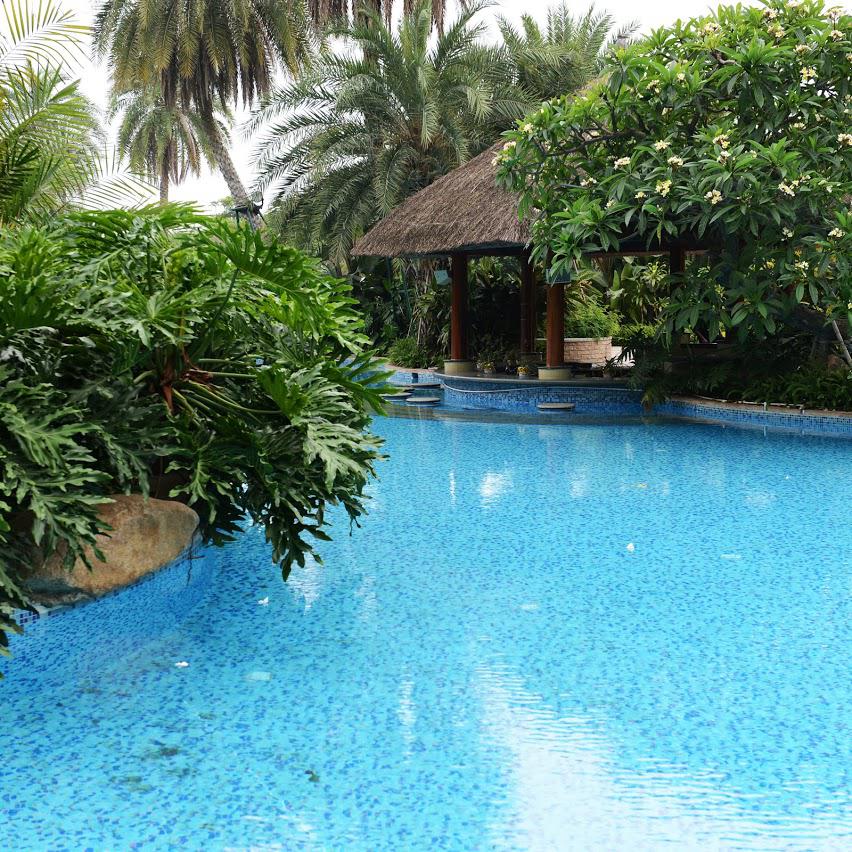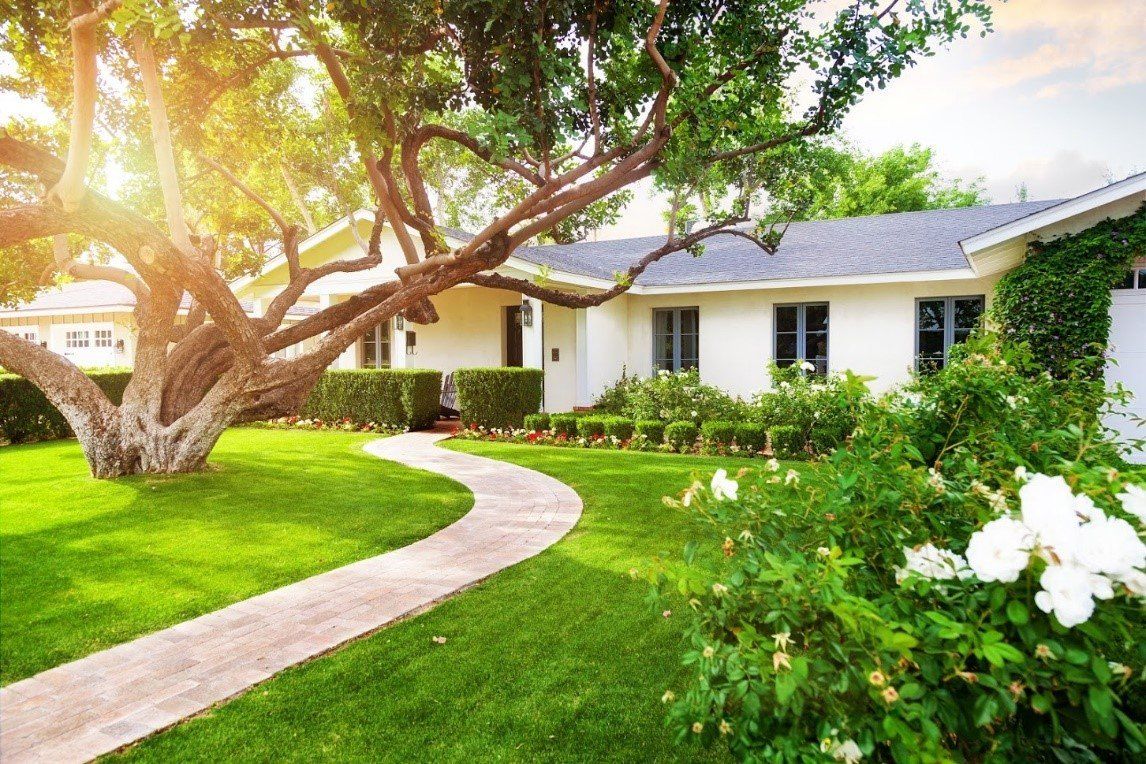Trees That Grow Well in the Shade of Others
The better suited your tree is to its planting site, the less care it will require. Trees that are poorly suited to their planting sites require more pruning, spraying, and fertilization, and they may not even survive past the first few years.
If your planting site is a shady area under the canopy of other large trees, you can't plant a tree that requires full sunlight or a lot of airflow. However, the following five tree varieties will grow well in such a site.
1. American Hornbeam
The American Hornbeam's small size - it grows to 30 feet tall, according to The Morton Arboretum- makes it a great choice for planting under the canopy of larger, more mature trees. It is absolutely tolerant of any sun condition, from full sunlight to full shade, and it will even tolerate poor drainage or dry soil.
The American hornbeam will also stand out from your other trees, thanks to its vibrant leaves. It starts off reddish-purple, turns a deep green in the summer, and then transforms into a lush orange-red in autumn. These trees also attract small mammals and songbirds, which eat the tiny brown nuts it produces each October.
2. Japanese Yew
The Japanese yew is another smaller, 20 to 30 foot tree that grows well in full or partial shade. These trees are known for their spine-like, darkgreen needles and scaly, red-brown bark. They produce small, red fruits in the summer.
Japanese yews are low-maintenance trees and do not require pruning, although many homeowners do opt to prune them to maintain a tight, tidy look. Just make sure the soil around the yew does not become too saturated; poor drainage can lead to root rot diseases.
3. Pawpaw
Pawpaw trees naturally grow in the shady undersides of forests - so they do well planted under similar conditions in a tree-filled yard. These trees produce a unique fruit, also called a pawpaw, that is yellow-green in color.
However, most pawpaw varieties are not self-pollinating, so if you only plant one tree, it will not produce fruit. Nevertheless, pawpaw trees are attractive with a yellow-gold fall color. They mature to about 15 to 20 feet tall, according to LEAF.
4. Pagoda Dogwood
If your yard is only partially shaded by larger trees, the padoga dogwood is a good choice. This tree prefers consistently moist soil and grows to about 20 feet tall, according to Monrovia. Its key feature is the beautiful white flowers it produces each summer. They make way for pretty, blueblack fruits.
Pagoda dogwoods are known for attracting butterflies and birds. Mulch around the tree and water it regularly to encourage bountiful blooms and healthy foliage.
5. Nellie Stevens Holly
If you're looking for a tidy evergreen tree that can be custom pruned into unique shapes, opt for the Nellie Stevens holly. It's a very tolerant tree, growing as well in poorly drained or polluted soil as it does in better sites. Although some homeowners keep it pruned shorter, it can reach up to 20 feet tall when mature, according to The Tree Center.
Nellie Stevens holly trees have dark green, spiny leaves up to four inches long and tiny, white flowers, which appear in spring. If you plant a male and a female tree, the females will produce round, red berries. These trees grow quickly, and unlike many other berry-producing trees, they are not appealing to deer.
Just because your yard is already shaded by trees does not mean you can't plant more. Choose one or more of these shade-loving trees for your yard, and enjoy the added beauty and greenery. If you need help pruning or trimming your new trees, contact Kaily's Tree Service to schedule an appointment.

